

Max Davies
2026 Toyota HiAce review
1 Day Ago
It's a HiAce, but not as we know it. The 2020 model is safer, smarter, and more comfortable than its long-serving predecessor.
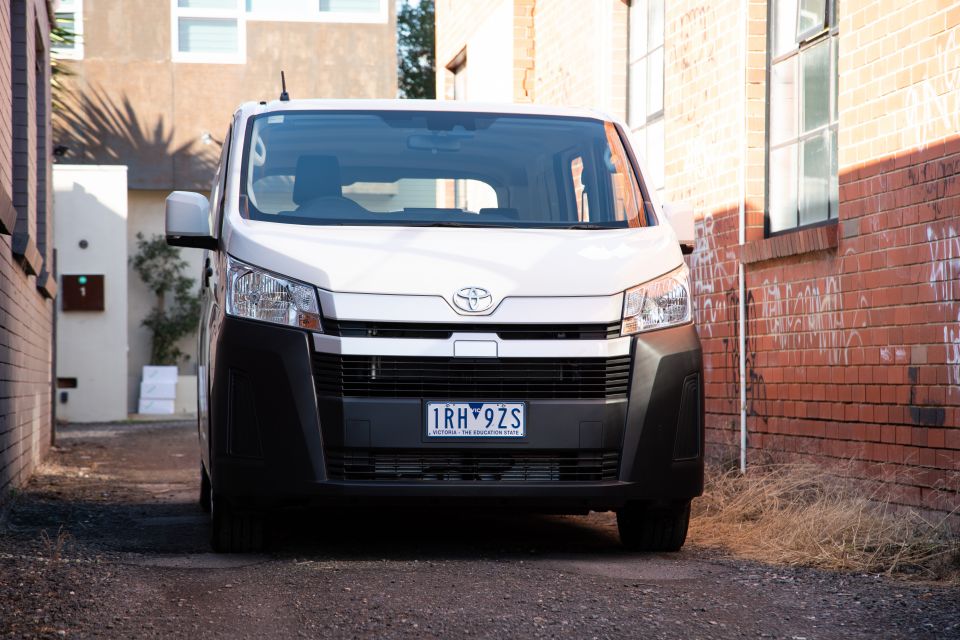
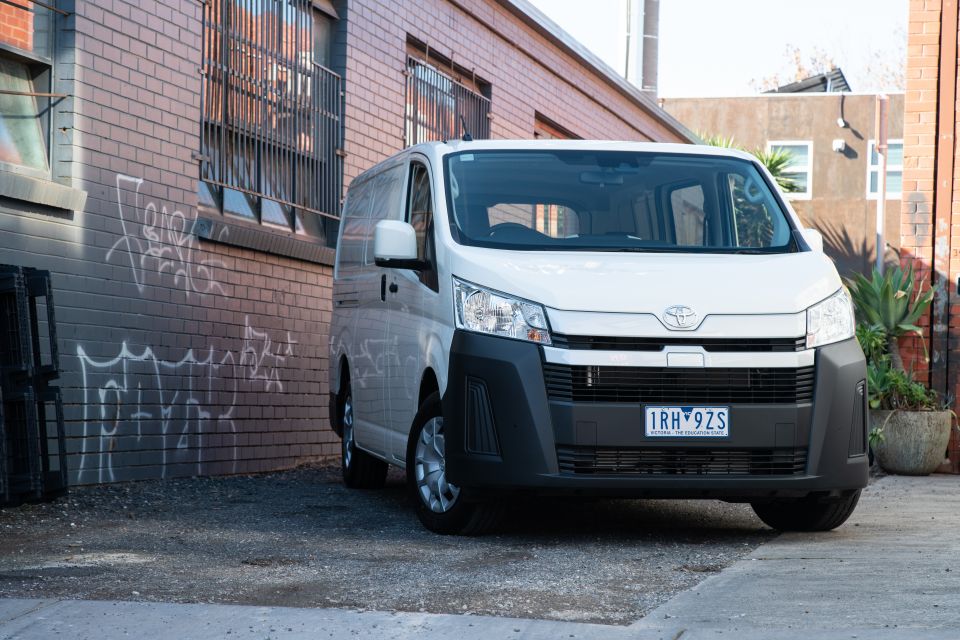

Contributor
New from
$39,740
excl. on-roads

Contributor
New from
$39,740
excl. on-roads


Contributor
New from
$39,740
excl. on-roads

Contributor
New from
$39,740
excl. on-roads
Quickly see how this car stacks up against its competition. Select any benchmark to see more details.
Where expert car reviews meet expert car buying – CarExpert gives you trusted advice, personalised service and real savings on your next new car.
It isn’t sexy, but a new Toyota HiAce is a big deal.
Vans are a critical part of the complex web of vehicles getting essential deliveries – and some non-essential – from a warehouse to your house, whether you realise it or not.
Now into its sixth generation, the Toyota HiAce you see here launched with the noble promise of giving van drivers (who spend more time behind the wheel than most) access to critical safety and comfort technology.
It also faces a tough crop of competitors from Europe, all of which have their eyes firmly set on taking a slice of the HiAce’s pie.
Can the more modern, higher-tech new HiAce deliver in base manual guise?

As the entry point to the Toyota HiAce diesel range, the car we have on test here kicks off at $42,140 before on-road costs, $2000 less than the automatic.
The longer, taller SLWB is only available in automatic guise, with pricing starting at $52,140 before on-roads for the diesel.

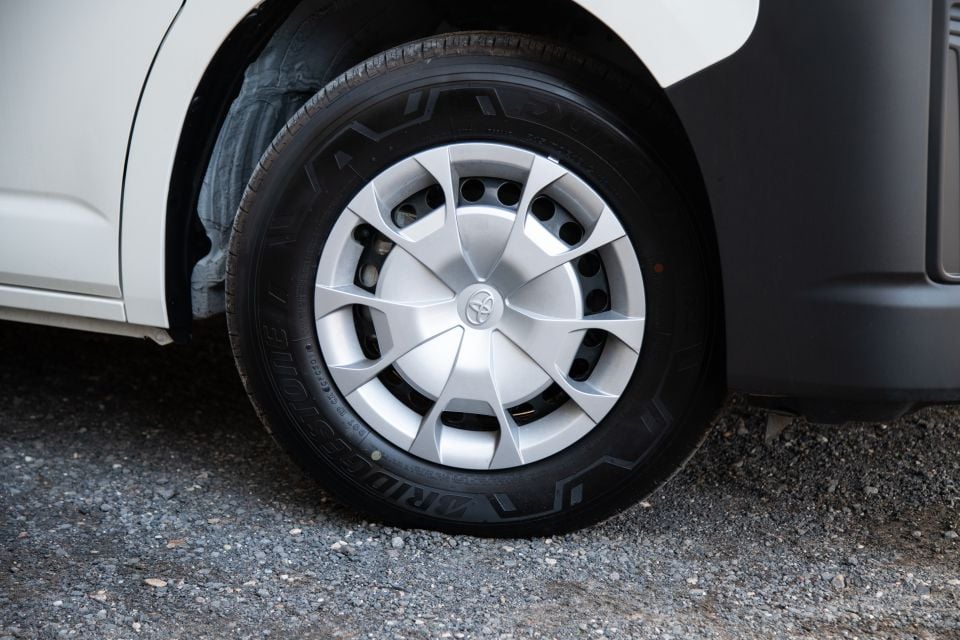
Buy your new car without the stress. It's fast, simple and completely free.

Great service from Travis and team, second time I have used this business would not hesitate to recommend them to anyone
Craig C.
Purchased a Ford Ranger in Sunshine Coast, QLD
CarExpert helped Craig save thousands on his Ford Ranger, now let us save you on your next new car.
Find a dealA surprising amount of equipment is standard, even at base level.
For one, close to a full suite of active safety technologies are included. Autonomous emergency braking (AEB) with cyclist and pedestrian detection, lane-keeping assist, blind-spot monitoring, a reversing camera with rear cross-traffic alert, and parking sensors are included across the range, which is impressive.
Infotainment comes courtesy of a 7.0-inch touchscreen infotainment system packing satellite navigation, DAB+ radio, a CD player, and (finally) Apple CarPlay and Android Auto.
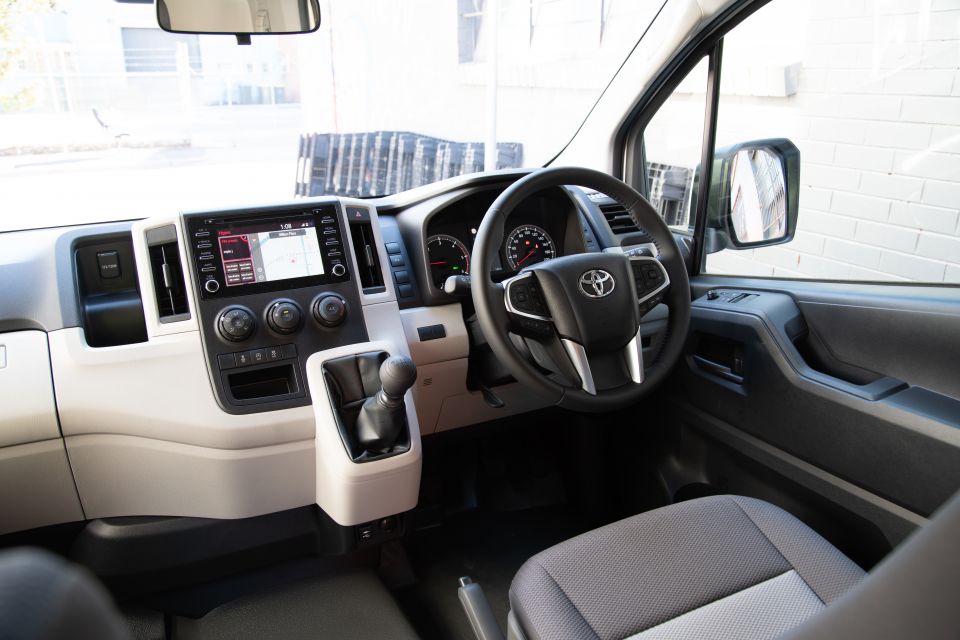
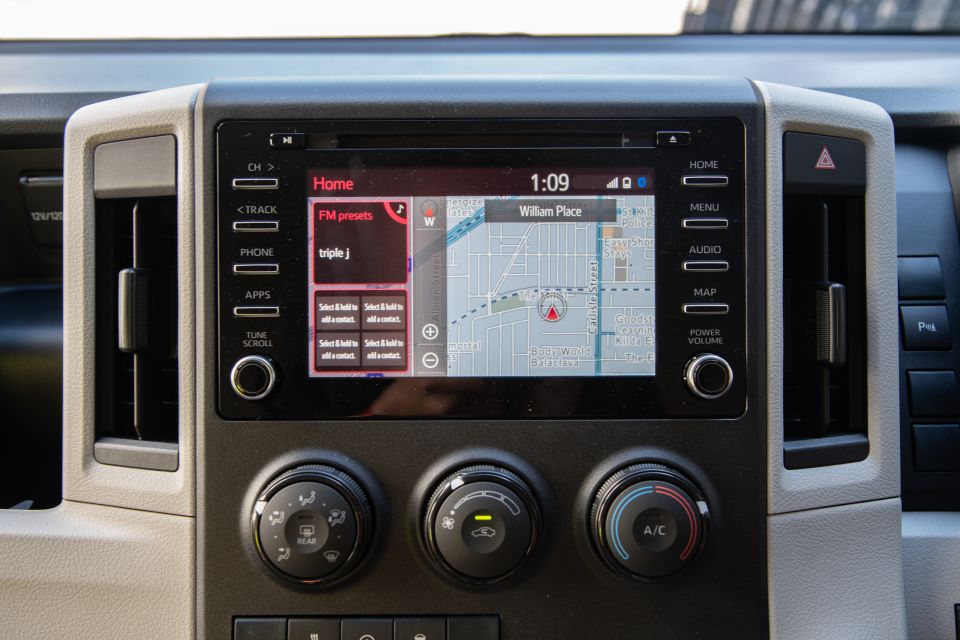
Driver and passenger sit on cloth-trimmed seats, but the steering wheel is leather, and there’s a proper coloured multifunction trip computer between the analogue dials.
The mirrors fold electrically (but not automatically), and there’s auto high-beam headlights.
It’s also worth pointing out the huge range of options available for the HiAce, many of which were developed in Australia. From seat covers to an interior ladder, roof racks, and an AEB-friendly nudge bar, there’s plenty that can be done from the factory to customise your HiAce.
With a full suite of active safety assists and a proper crumple zone at the front, the 2020 Toyota HiAce is markedly safer than its predecessor.
It has a five-star ANCAP rating, and scored 94 per cent for adult occupant protection, 88 per cent for child occupant protection, 84 per cent for vulnerable road user protection, and 77 per cent for safety assist.
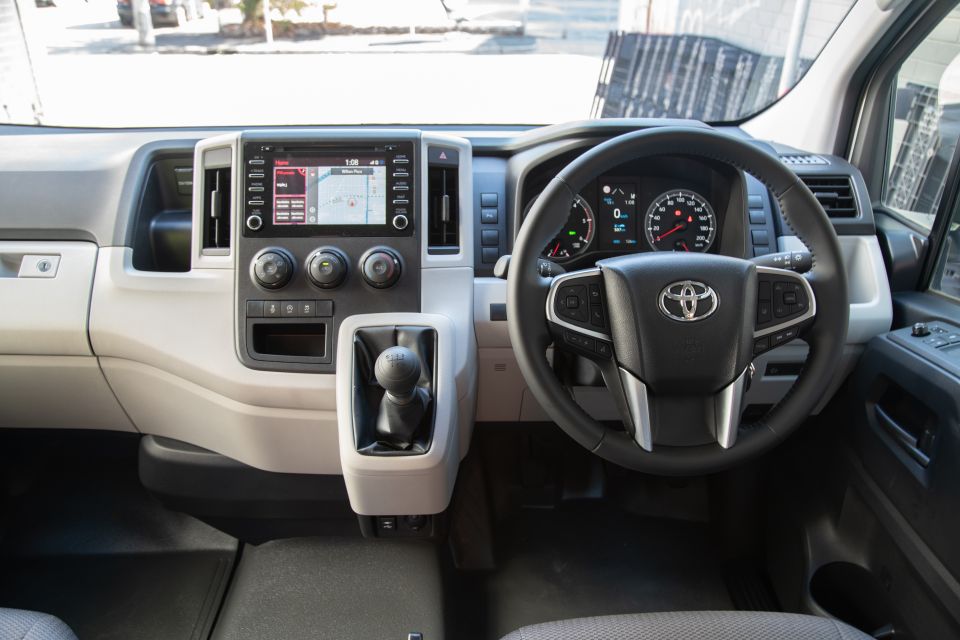
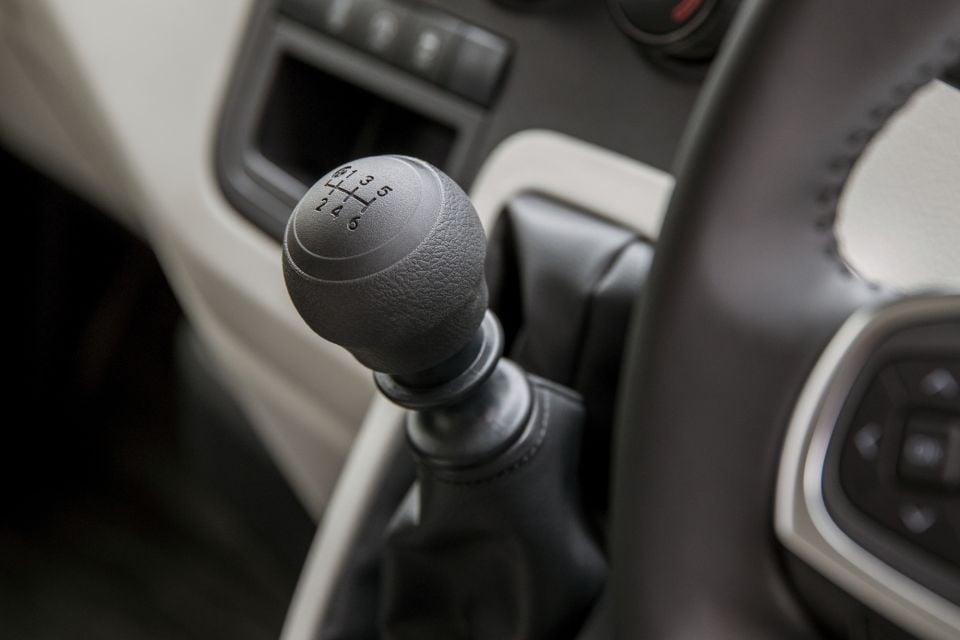
There’s plenty to talk about from the driver’s seat, but we’re going to start with the load bay, given it’s a key part of the HiAce’s appeal.
The car on test here is the long wheelbase (LWB). It measures 5265mm long, 1950mm wide and 1990mm tall, with a 3120mm wheelbase. Toyota offers a super-long wheelbase (SLWB) model as well, which is 650mm longer and 290mm taller, with a 650mm longer wheelbase.
With a cargo space measuring 2530mm long, 1760mm wide (1268mm between wheel arches) and 1340mm tall, the LWB has 6.2m of space, compared to 9.3m in the SLWB.
Although dual sliding doors are standard, there’s no option to replace the lift-up tailgate with swinging barn doors – if you need to reverse into a raised loading dock to pile boxes in, that’s a big disadvantage.
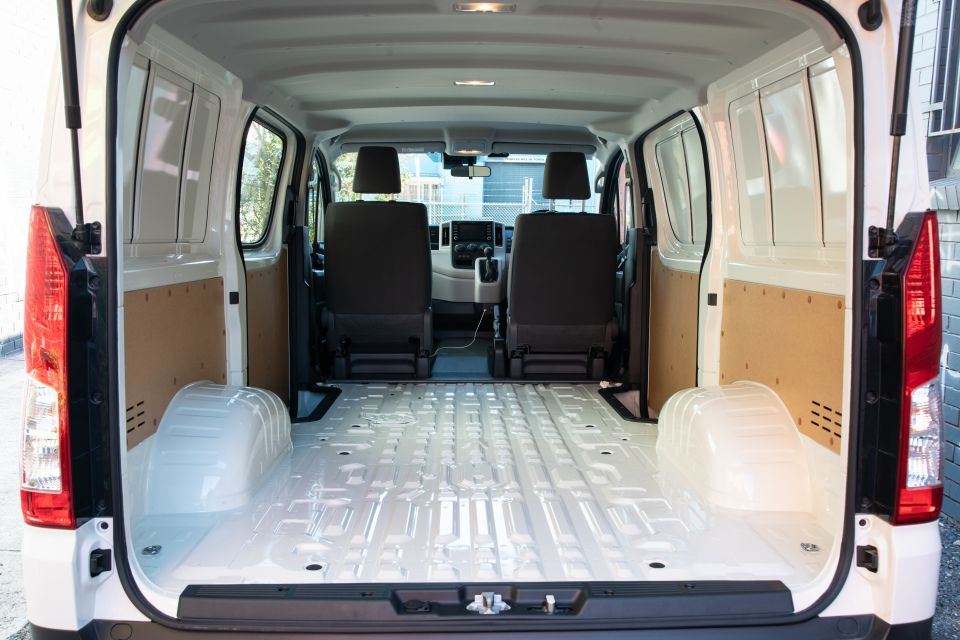
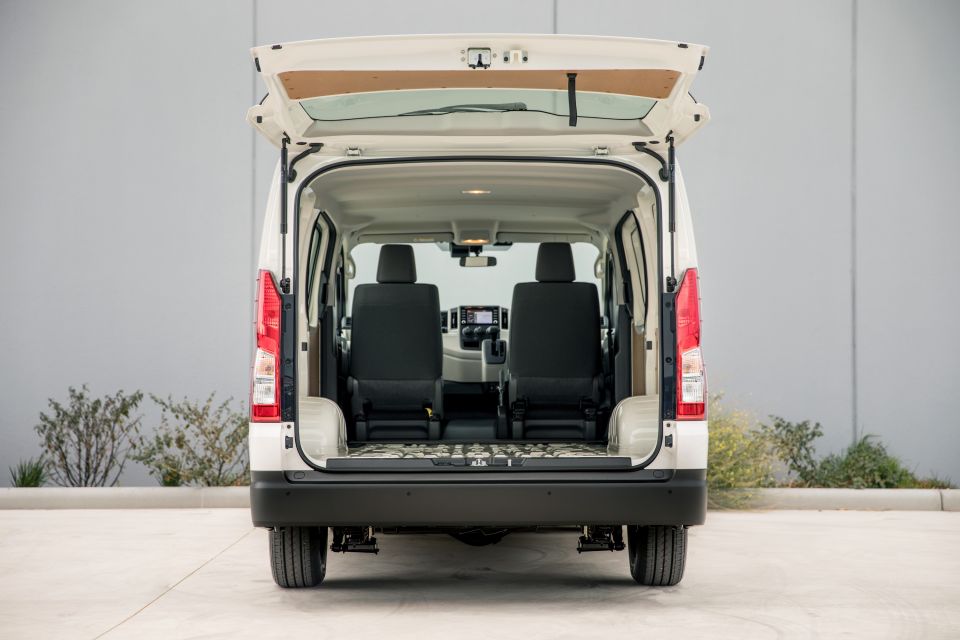
Up front the new HiAce represents a huge step forward from its tired predecessor.
The driving position is really good. There’s plenty of adjustment in the steering wheel, and the seat itself slides far enough to accomodate gangly legs. The only real knock is the fact my knee gets pinched between the wheel and gear shifter when it’s slotted into sixth.
We did a couple of long stints behind the wheel and experienced no pins and needles or numb bum syndrome, which bodes well for drivers whiling away days in their HiAces. It’s easily the most comfortable van I’ve driven.
The dashboard isn’t what you’d call exciting, but there are no fewer than three cupholders on hand for van drivers in need of a caffeine hit. The glovebox is lockable and deep, while the door pockets are also spacious.
But there isn’t really anywhere to put a phone when it’s plugged into the USB port located below the gear shifter, nor a space suitable for a wallet. A slide-out drawer or cutout in the lower dashboard would make a big difference.
Toyota’s infotainment system is serviceable, but already feels a bit sluggish compared to what’s on offer at Volkswagen. It’s relatively quick to respond, and factory navigation is a handy addition for drivers who might be delivering beyond the reach of mobile reception.
But the automated speed limit, school zone, speed camera, railway crossing, and red-light camera warnings are infuriating. They cut in over your music or phone call, and speak way too often. One prompt for a school zone is arguably too many, let alone one when you approach, one when you enter, and one when you leave.
The system also picks up school zones and railway crossings for some adjoining roads, so your music is interrupted for something that doesn’t even impact you.
We worked out how to kill the speed limit and camera warnings, but couldn’t figure out how to shut up the navigation near a school zone – although there must be a way.
Having Apple CarPlay and Android Auto papers over some of the infotainment system’s shortcomings. It worked flawlessly during our time with the car, and offers far easier access to phone-quality entertainment, phone calls, and mapping.
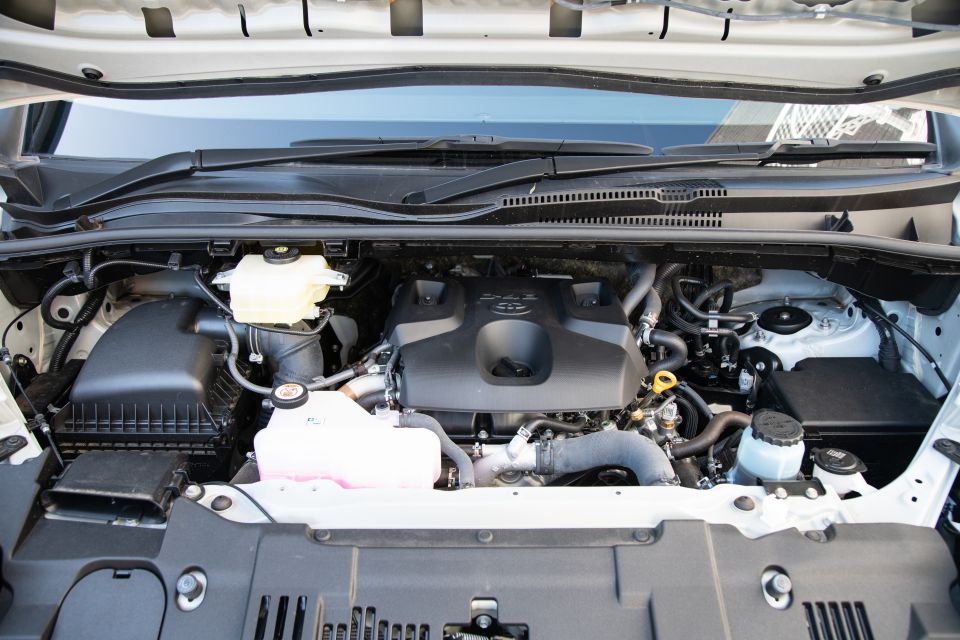
Motivation for the diesel Toyota HiAce comes from a 2.8-litre, four-cylinder turbo-diesel engine making 130kW of power and 420Nm of torque in the six-speed manual, and 450Nm in six-speed the automatic.
Toyota claims fuel economy of 7.5L/100km on the combined cycle, we saw around 9.0L/100km in a mixture of city and highway driving.
For those in a hurry, there’s also a (cheaper) petrol option. With 207kW of power and 350Nm of torque, it drinks a more substantial 12.4L/100km. It’s worth noting that all variants of the HiAce send torque to the rear wheels.
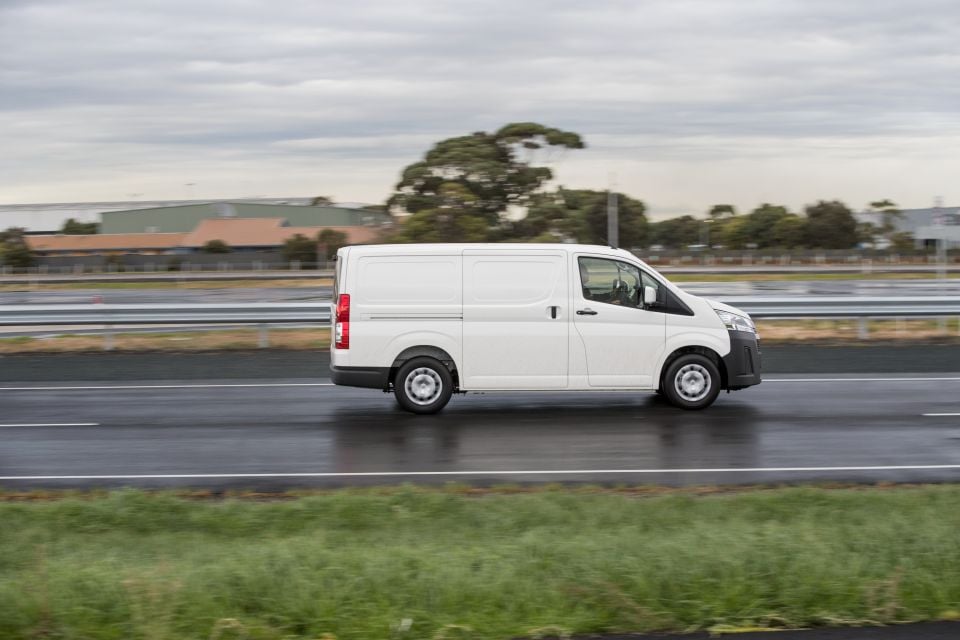
The Toyota HiAce is a much nicer steer than its predecessor.
The 2.8-litre turbo-diesel engine is shared with the HiLux, and packs plenty of torque down low. Coupled with a light clutch, it makes the HiAce a cinch to pilot in traffic. It’s nigh on impossible to stall, while the pedal placement and excellent driving position mean there’s no excuse for a fatigued left leg.
Although it’s relatively slick, the manual transmission in our tester needed to be babied between first and second to prevent uncomfortable mechanical crunching. Given it had done just 50km on pickup, we suspect the problem would lessen as the car is properly run in.
Unladen, the HiAce scoots along effortlessly. The engine offers enough torque to lean on taller gears around town, although hills – or determined opponents in the delivery driver traffic light grand prix – necessitate a downshift.
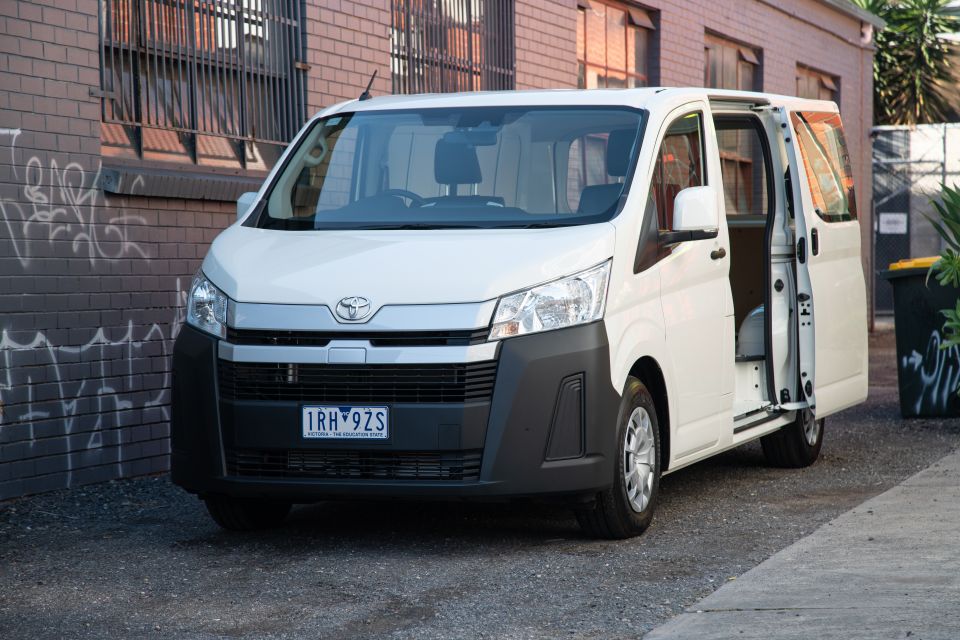
Although there’s a decent serving of diesel clatter when you lean on the throttle, it’s impressively smooth and quiet at a cruise. Our tester was bog standard, which means there was no divider between the load bay and cabin.
That made for a slightly echoey experience, but road noise was entirely bearable at 100km/h. My passenger and I could easily chat without raising our voices, and the radio didn’t need to be cranked to impractical levels.
With a longer wheelbase and wider track than its predecessor, the new HiAce is far more planted on the highway. It doesn’t get knocked around by crosswinds, and the steering inspires more confidence in higher-speed sweeping corners.
Unfortunately, Toyota’s lane-keeping assistant is over-zealous and under-developed. Rather than steering the car back into its lane, it instead brakes when it detects you drifting across a painted line. It’s too keen to intervene, and can be flummoxed by roadworks or divots in the tarmac. Thankfully, it’s easy to turn off.
That larger body makes itself known in town. The old HiAce was easy to pilot because the driver sat at the very front of the vehicle – with the addition of the new car’s stubby bonnet, that’s no longer the case. At 1950mm wide, the new model is also 355mm wider than the car it replaces.
With a massive windscreen, large mirrors, and commanding driving position, you can still thread the new HiAce through laneways without too much trouble. But it requires a bit more care, and causes ‘breathe in’ moments more frequently than its predecessor.
Thankfully, the steering is light and the reversing camera clear, so backing out of trouble (or into tight loading zones) isn’t a problem.
There are plenty of benefits to having a bonnet, too. For one, your shins aren’t part of the crumple zone any more, which can only be a good thing.

Maintenance for the Toyota HiAce is required every six months or 10,000km – whichever comes first. Although the first six visits are capped at a reasonable $240 per service, having your van off the road twice a year instead of once is an inconvenience for people who rely on their vehicles for a living.
Toyota backs private buyers with a five-year, unlimited-kilometre warranty, while commercial users have their distance capped at 160,000km.
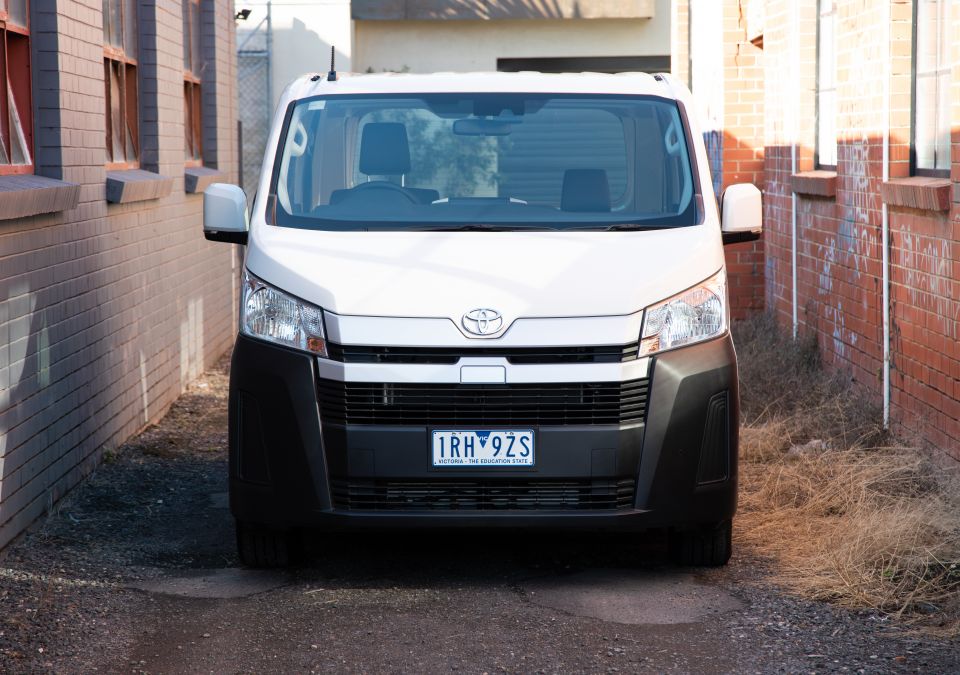
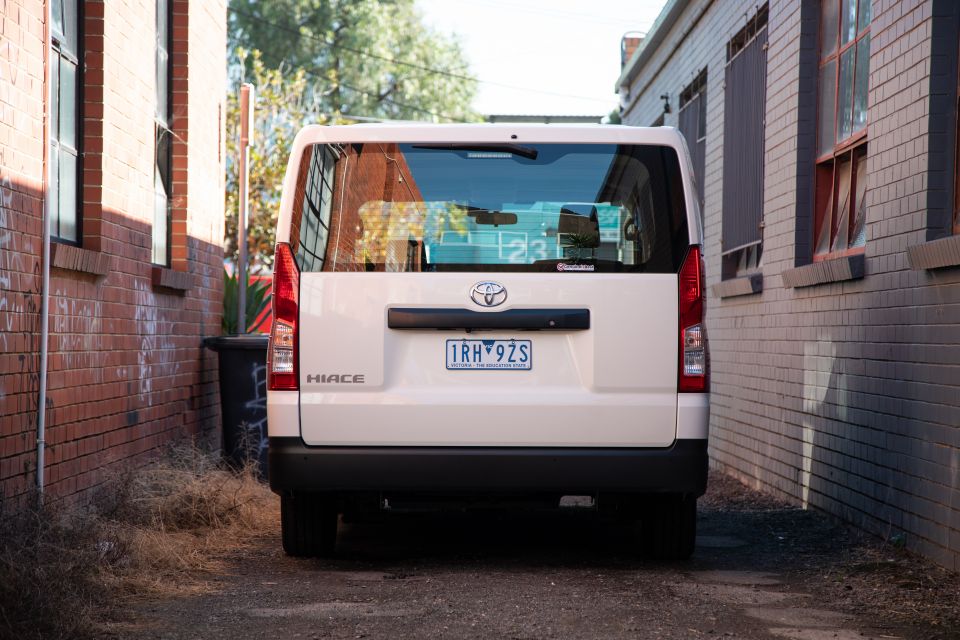
The Toyota HiAce is a massive step forward from its predecessor.
It’s safer, nicer to drive, and has a much improved cabin. I was genuinely impressed at how refined it is, and quickly came to grips with its size in town.
Operators looking to overhaul their fleets with something safer needn’t think twice.
The manual is easy to drive, but we’d suggest stumping for the auto if you’re spending a lot of time in traffic.
Just make sure you don’t need barn doors, and can handle the six-month service intervals before pulling the trigger.
Where expert car reviews meet expert car buying – CarExpert gives you trusted advice, personalised service and real savings on your next new car.
Scott Collie is an automotive journalist based in Melbourne, Australia. Scott studied journalism at RMIT University and, after a lifelong obsession with everything automotive, started covering the car industry shortly afterwards. He has a passion for travel, and is an avid Melbourne Demons supporter.


Max Davies
1 Day Ago


William Stopford
2 Days Ago


Damion Smy
5 Days Ago


Damion Smy
5 Days Ago
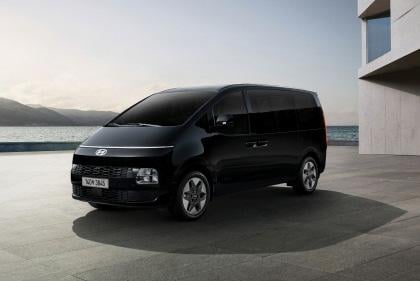

Damion Smy
11 Days Ago
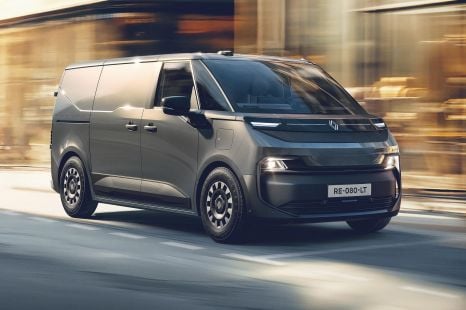

Derek Fung
1 Month Ago